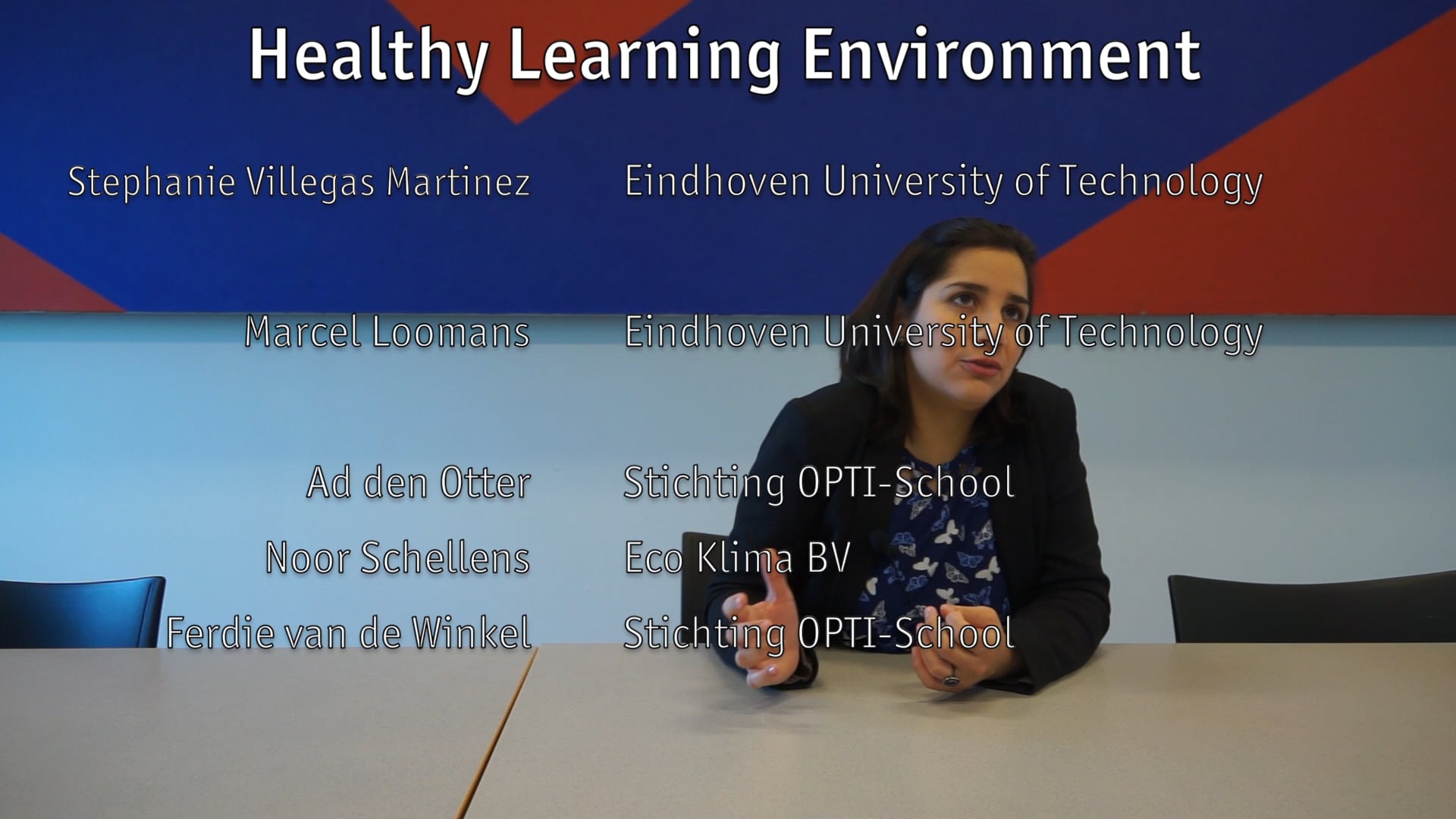The quality of school buildings in the Netherlands is in general not so good, with a very large percentage of them not complying with good practices for the indoor environment. According to RVO (Rijksdienst voor Ondernemend), in about 70% to 80% of the total of Primary and Secondary schools, CO2 concentration levels are much too high. This can cause an increase in health-related issues, which in turn affects the performance from both pupils and teachers. In addition to this problem, schools across the territory also have high energy costs, which represent up to 20% of their fixed costs. Oftentimes, School Boards are faced with important decisions to make regarding the improvement of the quality of the indoor environment in their facilities; it is not a simple and straightforward task, as there are many factors that need to be taken in consideration, such as costs and energy use in the buildings. And of course, all schools do not have the exact same priorities, nor do they face the exact same issues regarding their indoor environment. Therefore, a balance between all the elements mentioned above –i.e. Indoor Environment Quality, energy use and costs- will not be the same for every school. How to achieve this balance and support the schools in their decision making is at the core of this project.
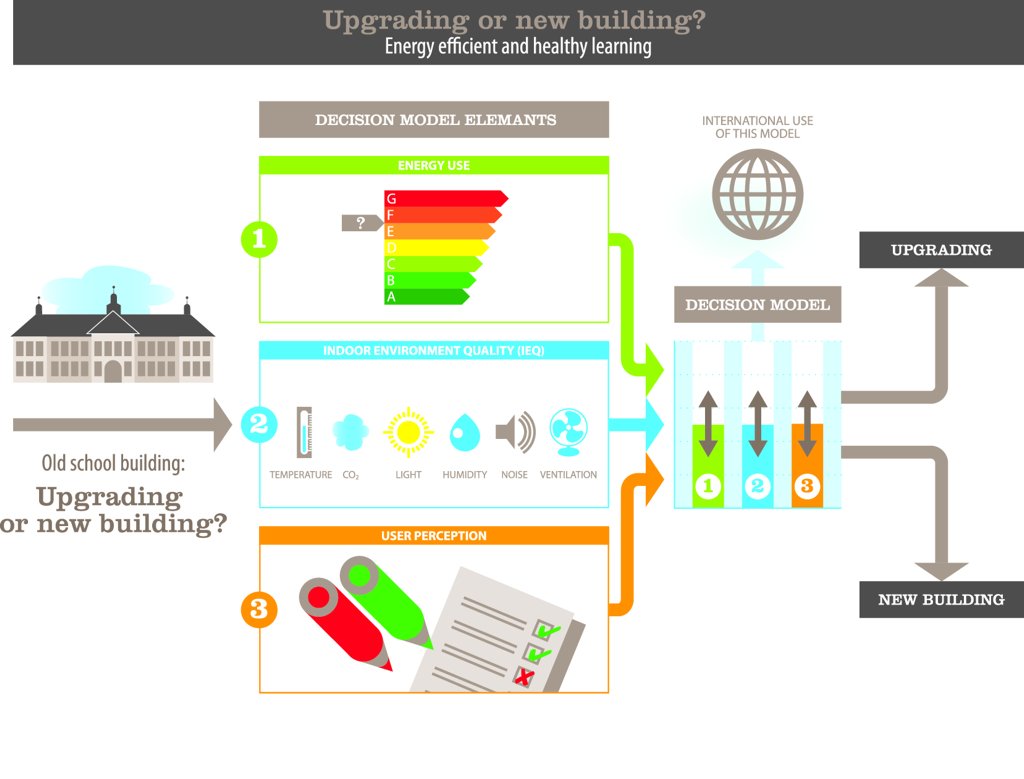
The goal of the project ‘Developing a model for the balance of energy use and Indoor Environment Quality in school buildings’ is to create a decision support model to help School Boards make informed decisions about actions that they could implement in their facilities to improve the quality of the indoor environment and to reduce their energy consumption.
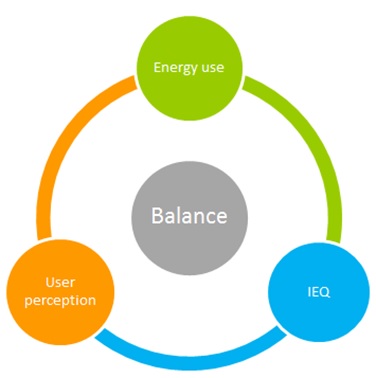
To achieve this goal, a model was designed using three data flows as input: First, data for the following Indoor Environment Quality parameters: CO2 concentration, indoor temperature, relative humidity, daylight factor and acoustics; Second, data for energy consumption; and third, data about the perceived satisfaction of the users, which was collected by means of questionnaires. By means of two separate Co-Creation sessions, the structure of the model was defined and further refined. The model is divided in four quadrants: Assessment of the current situation, definition of the priorities, selection of recommended actions and display of improvement. An explanation of each of the quadrants is given below.
Too high CO2 concentration levels can cause an increase in health-related issues, which in turn affects the performance from both pupils and teachers.
Assessment of the current situation:
The initial step is to understand the current situation of the school building. In this step, the measurements of Indoor Environment Quality parameters and energy use, together with the results of questionnaires are collected. Next, each individual parameter (CO2 concentration, temperature, relative humidity, lighting and acoustics) is benchmarked to the values of the reference scenario and a ‘grade’ is given. Currently, the values used in the reference scenario are the ones given in the ‘Frisse Scholen’ Program of Demands, Class B. It is worth mentioning that the reference scenario is not the most optimal one -although it gives an acceptable basis for this project-, and for this reason a proper benchmark -discussed with and approved by the School Board- would be developed during the implementation of the model.
There are thousands of prospective schools that could benefit from the use of this model and the recommendations it gives.
Definition of the priorities:
The recommended actions that will be presented to the schools are evaluated according to four focus areas: energy savings, indoor environment quality, user satisfaction and costs. However, not all schools have the same priorities or desires; or they might not be fully aware of what their actual priorities or desires are. For this reason, a questionnaire is designed to help School Boards determine the ranking in importance of these four areas.
Selection of recommended actions:
Once the focus areas are ranked according to the desires of the School Board, the Analytic Hierarchy Process is followed to determine which actions are suitable. Applying this process, information is categorized in a hierarchy of both alternatives (actions) and criteria. Subsequently, the information is summarized in order to determine a relative ranking of the applicable solutions.
Display of improvement:
The total contribution of the actions to the improvement of each of the focus areas is shown. A bars diagram is used to indicate how much improvement there is after applying the actions.
Figure 1 shows a representation of how the interface of the model could look like.
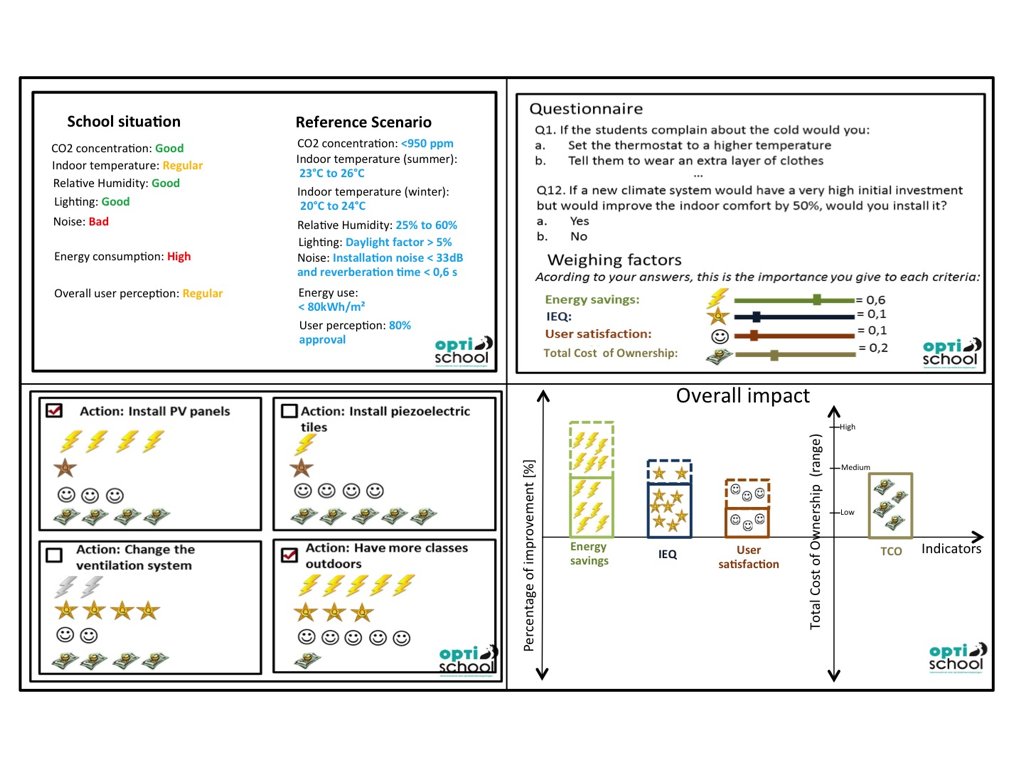
There are thousands of prospective schools that could benefit from the use of this model and the recommendations it gives. At the moment, there is not a specific tool in the market that can take into account the preferences of the main stakeholders, and propose solutions accordingly. This is one of the strongest points of this solution, and the one that could make it an attractive and well-received tool among the schools. The solutions offered by the tool are based on real-time measurements of the performance of the buildings, and as such, they would tackle the main issues at hand. Furthermore, the solutions (actions) included are backed by the expert knowledge of professionals in the field who were consulted during the development of the model; in this manner, it is possible to assure to the schools that the information given by the tool, is of the highest quality.
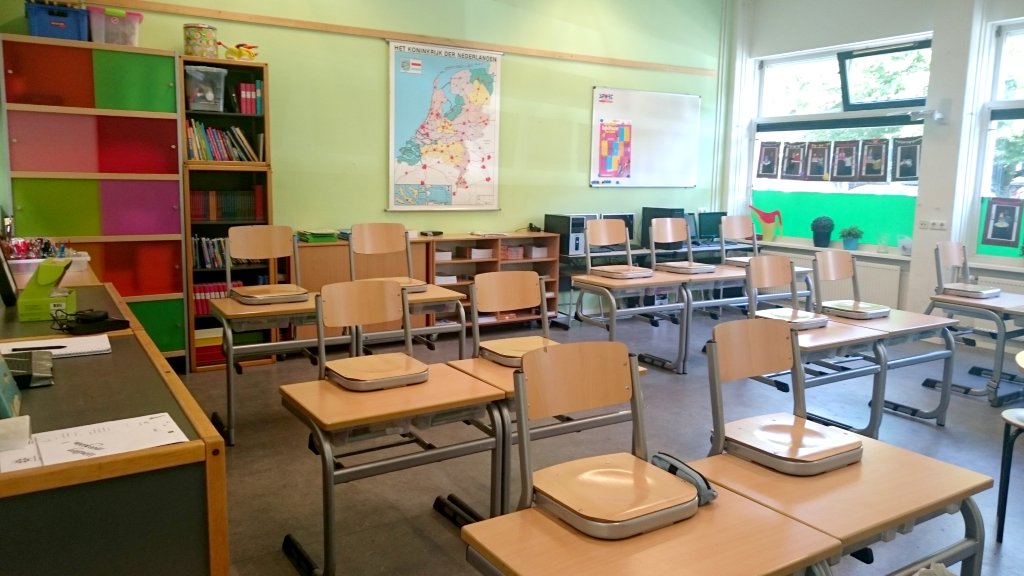
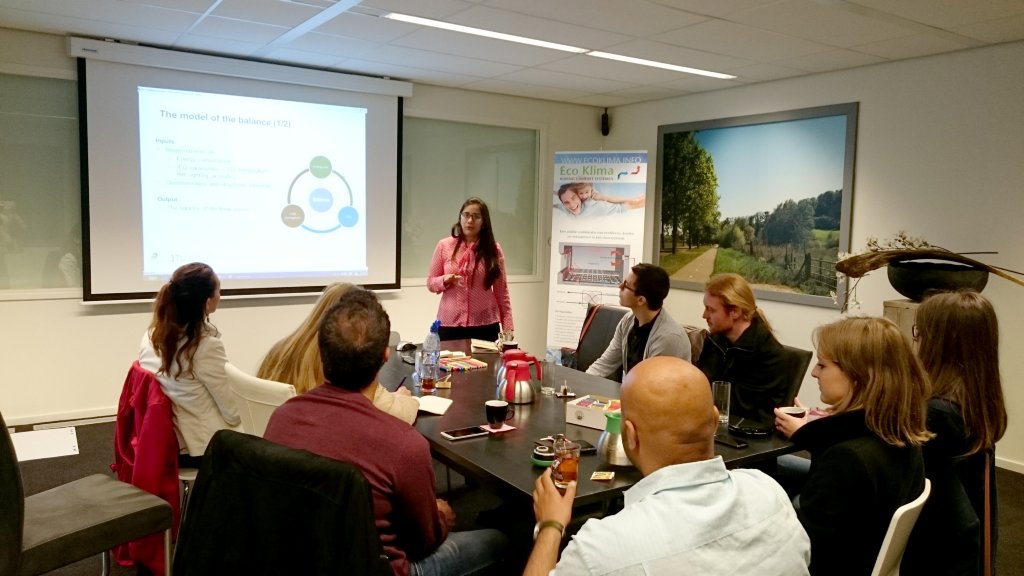
MSc. Stephanie Villegas Martinez
Eindhoven University of Technology – Smart Energy Buildings & Cities
Eindhoven University of Technology
Dr.ir. Marcel Loomans
Stichting OPTI-School
Dr. Ad den Otter, Ferdie van de Winkel
Eco Klima BV
Noor Schellens




